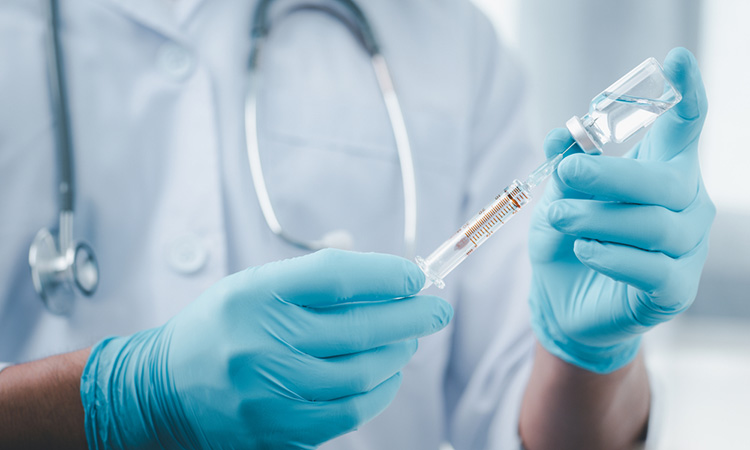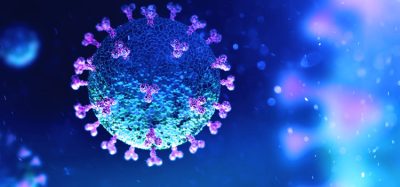New method for rapid development of vaccines for pre-clinical tests
Posted: 19 January 2021 | Victoria Rees (Drug Target Review) | No comments yet
Using synthetic chemistry, researchers have fused hydrophobic adjuvants with water-soluble proteins to create a new type of vaccine.


Scientists have developed a method for the rapid synthesis of safe vaccines, an approach that could be used to test vaccine strategies against novel pandemic pathogens such as SARS-CoV-2, the virus that causes COVID-19. The study was conducted at the University of Sydney, Australia.
The team has demonstrated the application of this method with a new vaccine for use against tuberculosis, which has generated a powerful protective immune response in mice. The only current vaccine for tuberculosis, the Bacille Calmette-Guerin vaccine, uses an injected live bacterium. It is effective in infants but has reduced effectiveness in adolescents and adults and poses significant health risks for immunocompromised patients, particularly for people living with HIV/AIDS.
Protein-based vaccines have been shown to be very safe, but they must be mixed with enhancers, or adjuvants, to make them effective, which is not straightforward.
“The challenge is to ensure that our immune cells see both the protein and adjuvant simultaneously. To overcome this difficulty, for the first time we have developed a method that synthesises the protein with an attached adjuvant as a single molecule,” said joint first author Dr Anneliese Ashhurst.
A major hurdle overcome by the scientists was the difficulty in fusing hydrophobic adjuvants with a water-soluble protein antigen.
“We got around this problem of keeping hydrophobic and hydrophilic molecules together in a vaccine by developing a way to permanently bind the protein and adjuvant together as a single molecule using synthetic chemistry. Our approach overcomes the solubility problems faced by other methods,” said Professor Richard Payne, one of the lead researchers.
The team says that synthesising an entire bacterial protein with an attached adjuvant has not been achieved before.
According to the researchers, the other major advantage with this method is that vaccines for a range of diseases can be developed rapidly and safely in the laboratory.
“We do not need to grow the actual pathogen in the lab to make the vaccine,” said Dr Ashhurst. “Using this new method, we can rapidly and safely synthesise highly pure vaccines in the lab and take them straight into animal models for pre-clinical testing.”
Th results are published in PNAS.
Related topics
Drug Development, Immunology, Protein, Research & Development, Vaccine
Related conditions
Covid-19, Tuberculosis
Related organisations
Sydney University
Related people
Dr Anneliese Ashhurst, Professor Richard Payne








